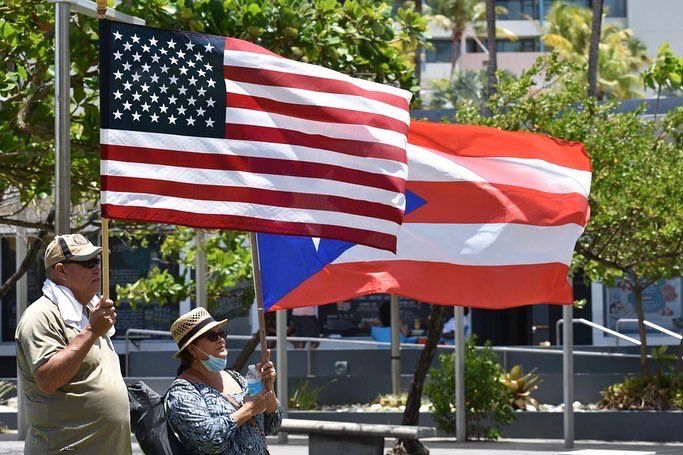In 2020, over 52% of Puerto Rico voters voted YES on statehood.
Once again, the losing factions tried to come up with a way to deny and reject the democratically expressed wishes of the voters of Puerto Rico. This time, they couldn’t claim that the turnout was inadequate. The vote was taken on the same day as the general election and turnout was the same.
They couldn’t claim that blank ballots told their own story or call for a boycott. The ballots clearly stated that blank ballots would not be counted, and the anti-statehood factions worked hard to get out a “No” vote. They clearly understood that voting “No” would be a vote against statehood.
With three clear options for Puerto Rico’s future political status, one choice — statehood — had a clear majority. We don’t know how many of the “No” votes wanted independence, how many wanted “enhanced commonwealth” or how many wanted to continue as a territory. We don’t know if any wanted free association or to become a colony of Spain once again. But anyone who did not want statehood could choose “No.”
The majority voted “Yes.”
The fight against statehood
The majority of Puerto Rico voters want statehood. The statehood option has won every plebiscite held during this century. But there are anti-statehood factions. There are people who benefit from the status quo and do not want to see equality and justice for Puerto Rico. There are some who still imagine that the “free beer and barbecue” position of enhanced commonwealth could exist.
Before the 2020 vote, with the plebiscite already scheduled, some reintroduced the “Puerto Rico Self-Determination Act” which was a warmed-up version of bills introduced in the 20th century. Calling for a constitutional convention with byzantine rules for coming up with and voting on innovative ideas for Puerto Rico’s status, it was intended to derail the process of moving toward statehood.
After the vote for statehood, leaders from multiple political positions on Puerto Rico’s status got together and hammered out a compromise bill, the Puerto Rico Status Act. It calls for yet another plebiscite.
This bill is different, though, because it asks Congress to accept responsibility to take action on the outcome of the final, federally-sponsored referendum. When Puerto Rico once again votes for statehood, as we confidently expect it will, Congress will admit Puerto Rico as a state. Congress must give Puerto Rico a clear and binding offer that shows what status options Congress will accept and support for Puerto Rico. And then Congress must follow through. Puerto Rico has been subjected to election denial and voter suppression for too long.
Reach out to your representatives today and ask for a binding offer of statehood for Puerto Rico.








No responses yet